Hallicrafters HT-46 Training manual
Other Hallicrafters Transmitter manuals

Hallicrafters
Hallicrafters HT-44 User manual
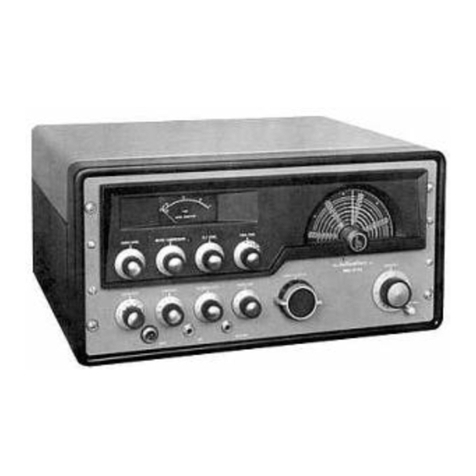
Hallicrafters
Hallicrafters HT-32 Mark I Training manual

Hallicrafters
Hallicrafters HT-9 User manual
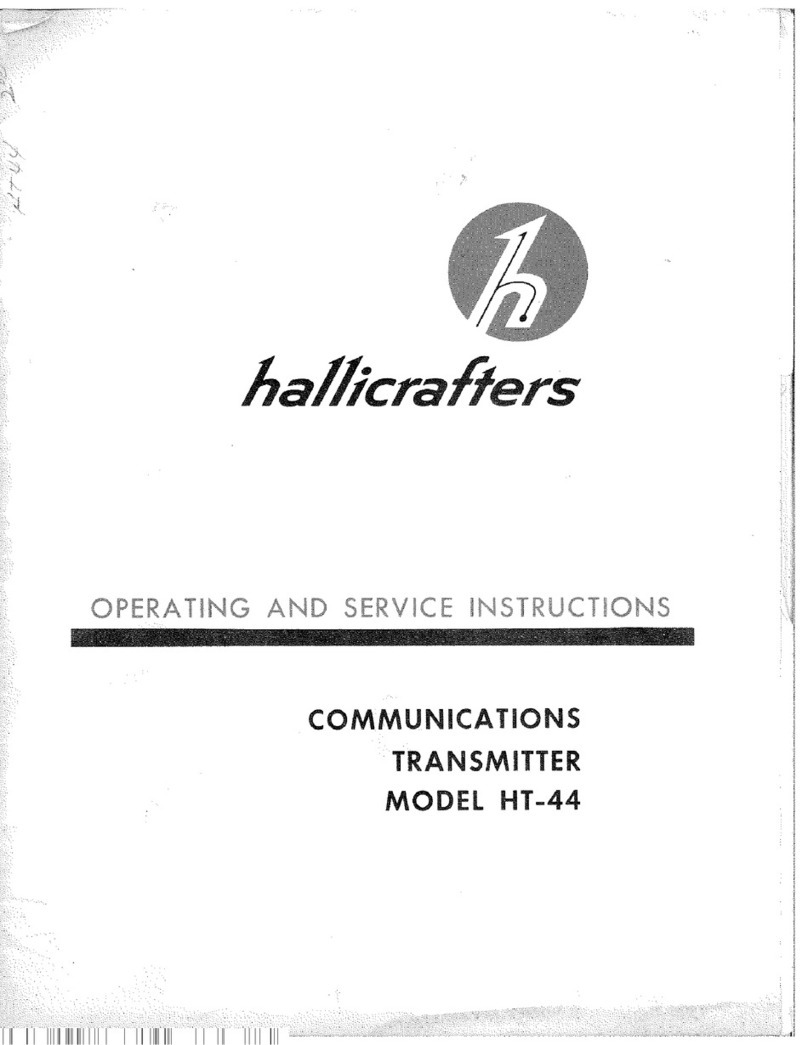
Hallicrafters
Hallicrafters HT-44 Training manual
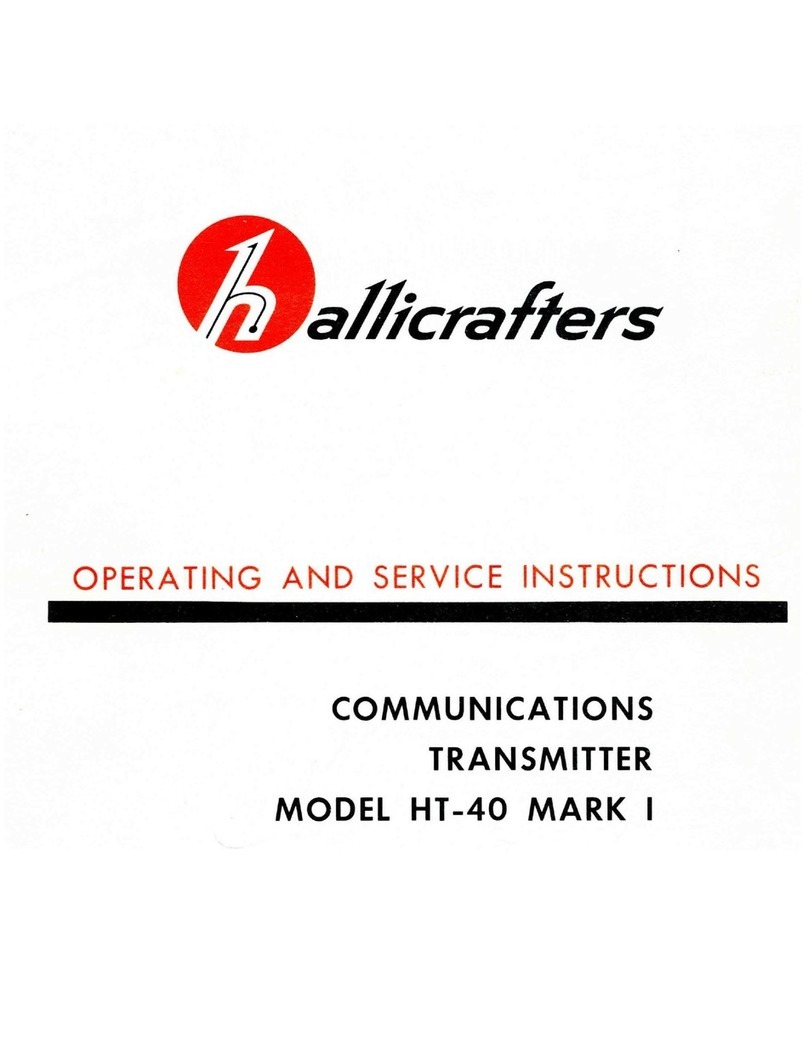
Hallicrafters
Hallicrafters HT-40 MK1 Training manual
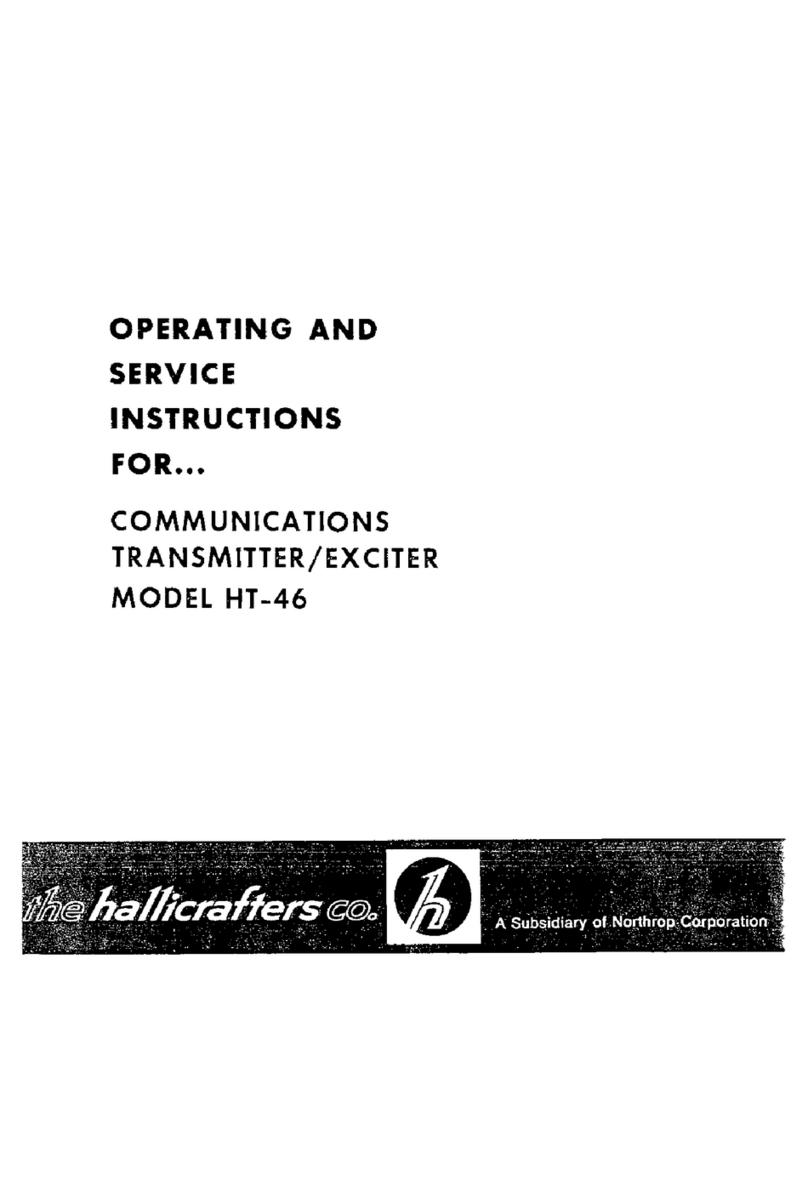
Hallicrafters
Hallicrafters HT-46 Training manual
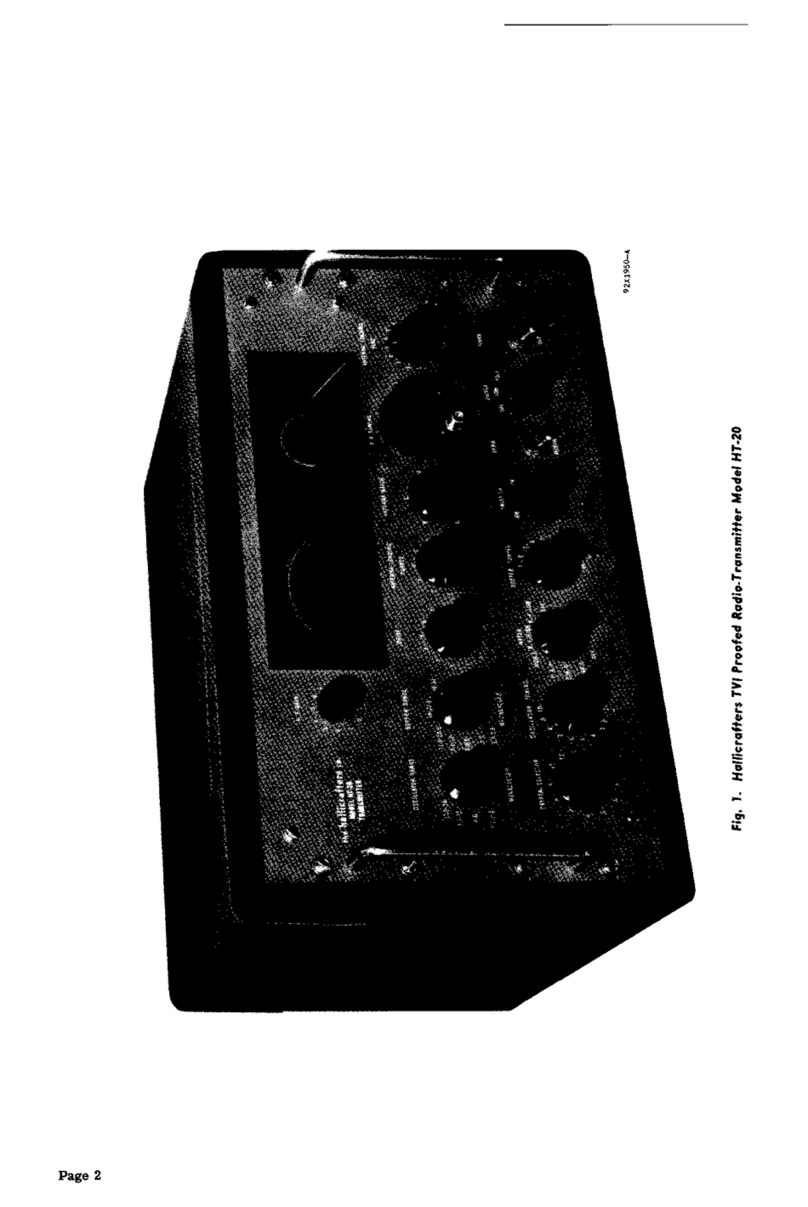
Hallicrafters
Hallicrafters HT-20 User manual
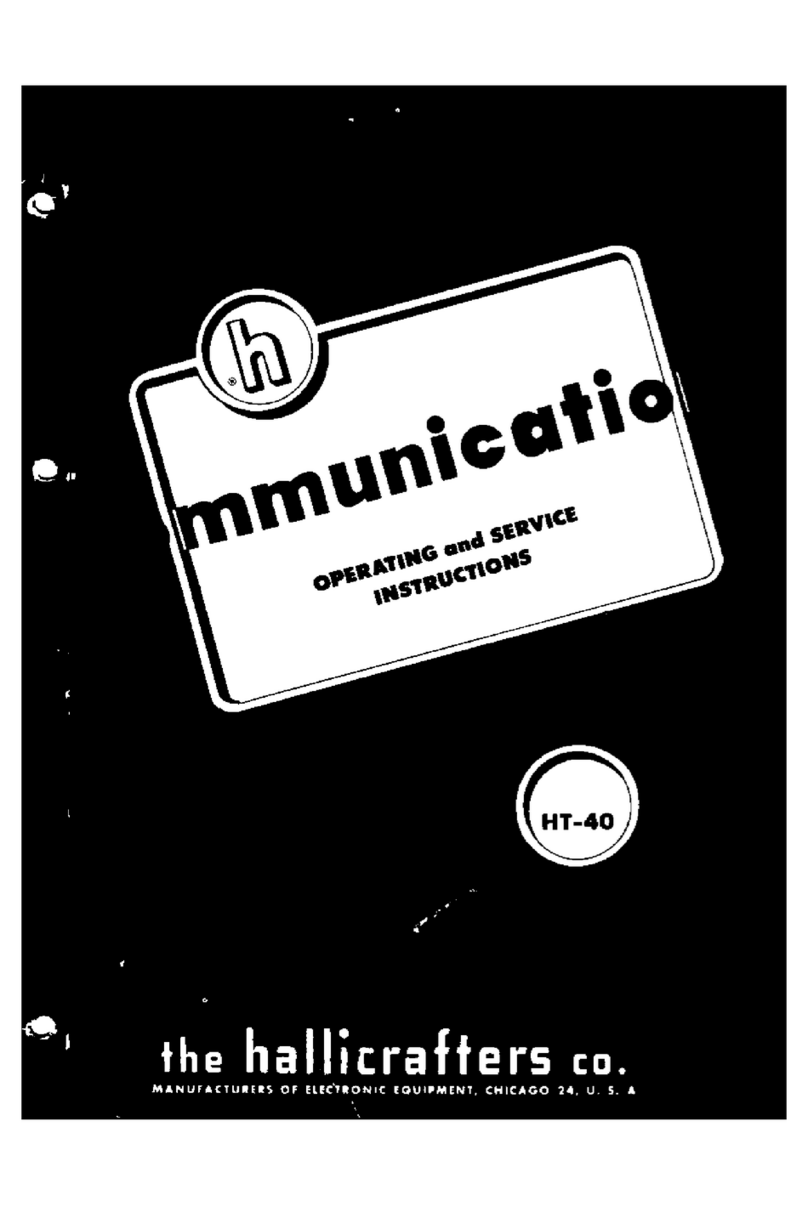
Hallicrafters
Hallicrafters HT-40 Training manual
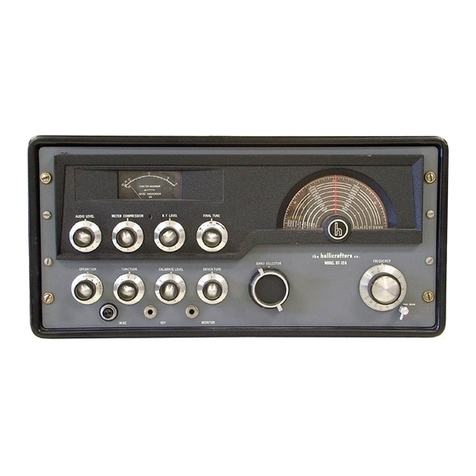
Hallicrafters
Hallicrafters HT-32A Training manual

Hallicrafters
Hallicrafters HT-44 Training manual
Popular Transmitter manuals by other brands

Geo
Geo Web Pack quick start guide

Inovonics
Inovonics EchoStream EN1210W installation instructions

IKONNIK
IKONNIK KA-6 quick start guide

Rohde & Schwarz
Rohde & Schwarz SR8000 Series System manual

Audio Technica
Audio Technica UniPak ATW-T93 Installation and operation

NIVELCO
NIVELCO EasyTREK SCA-300 Series Programming manual





















